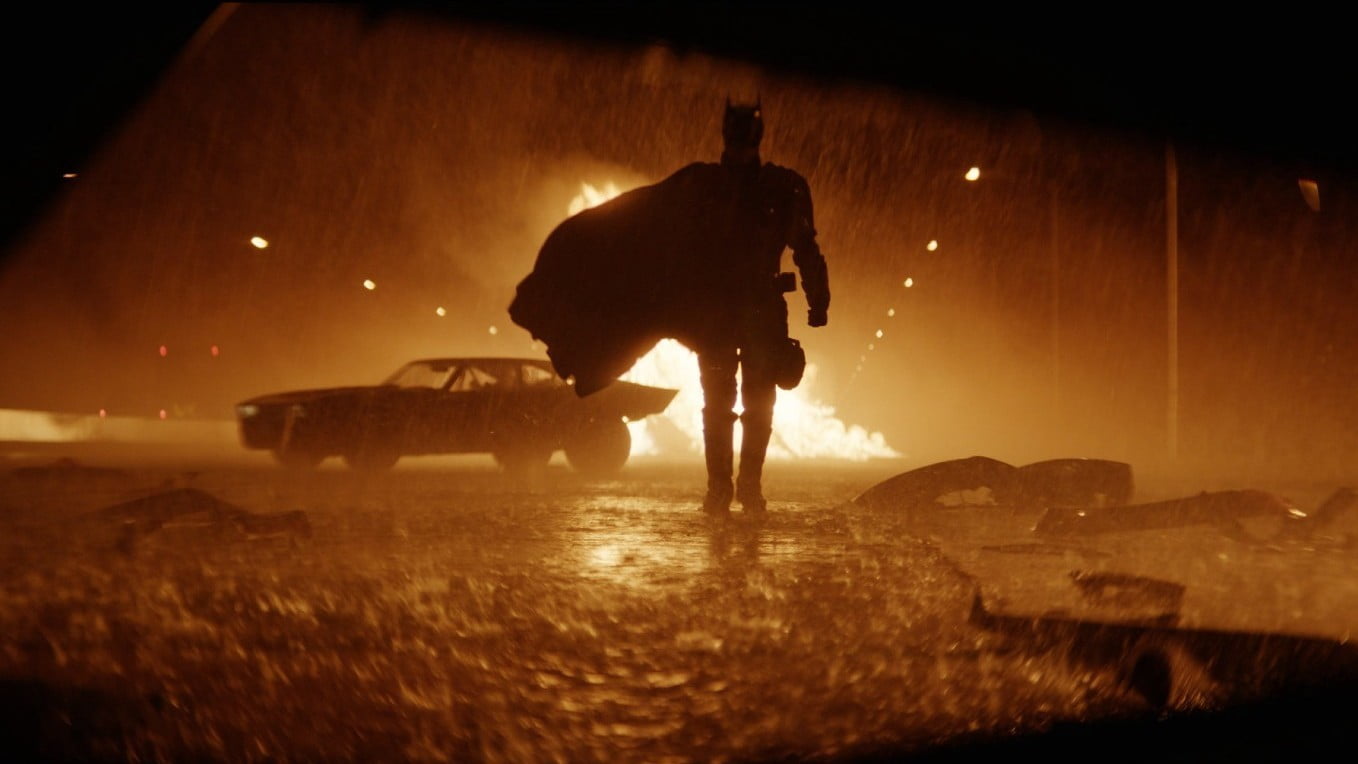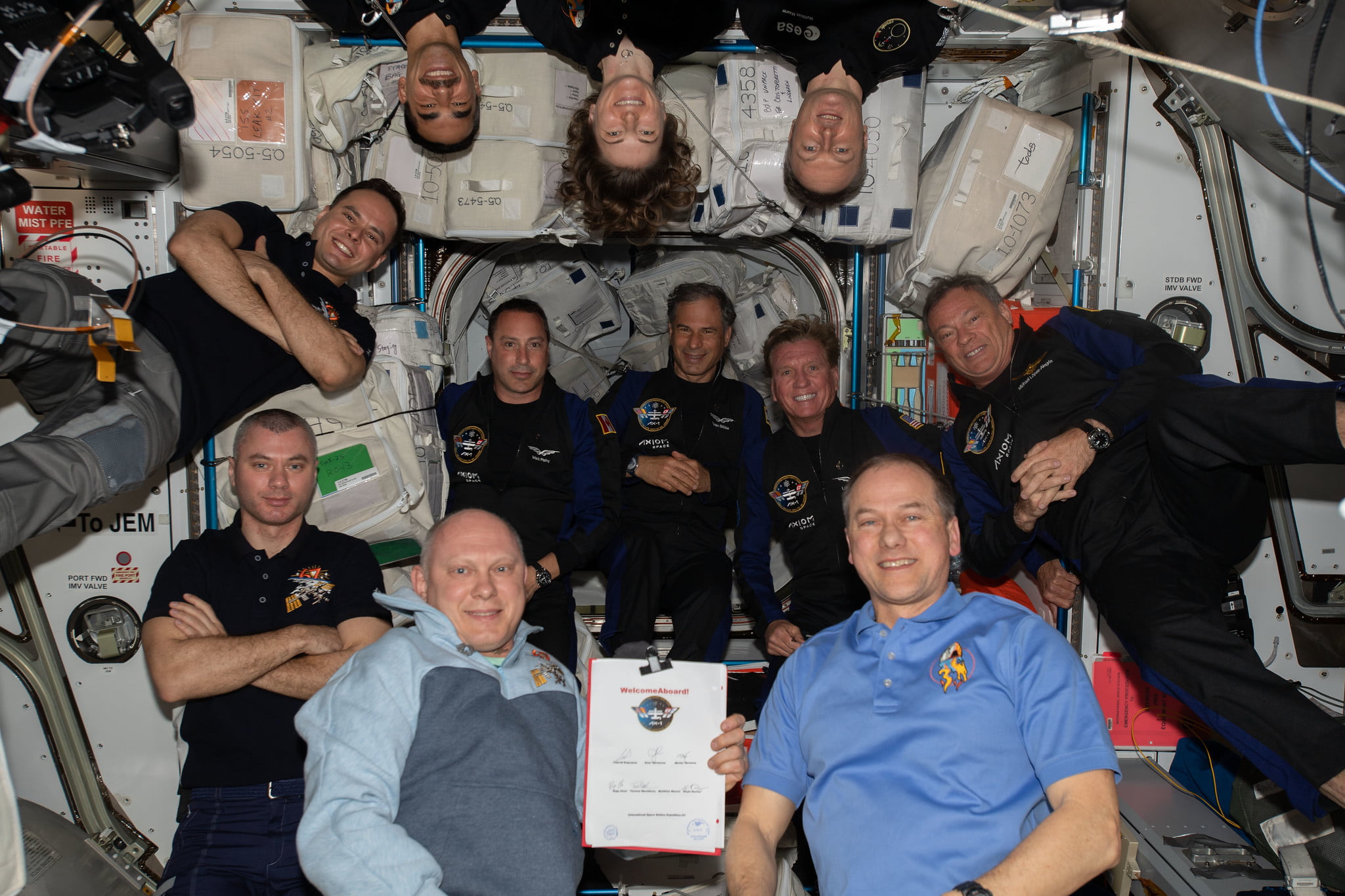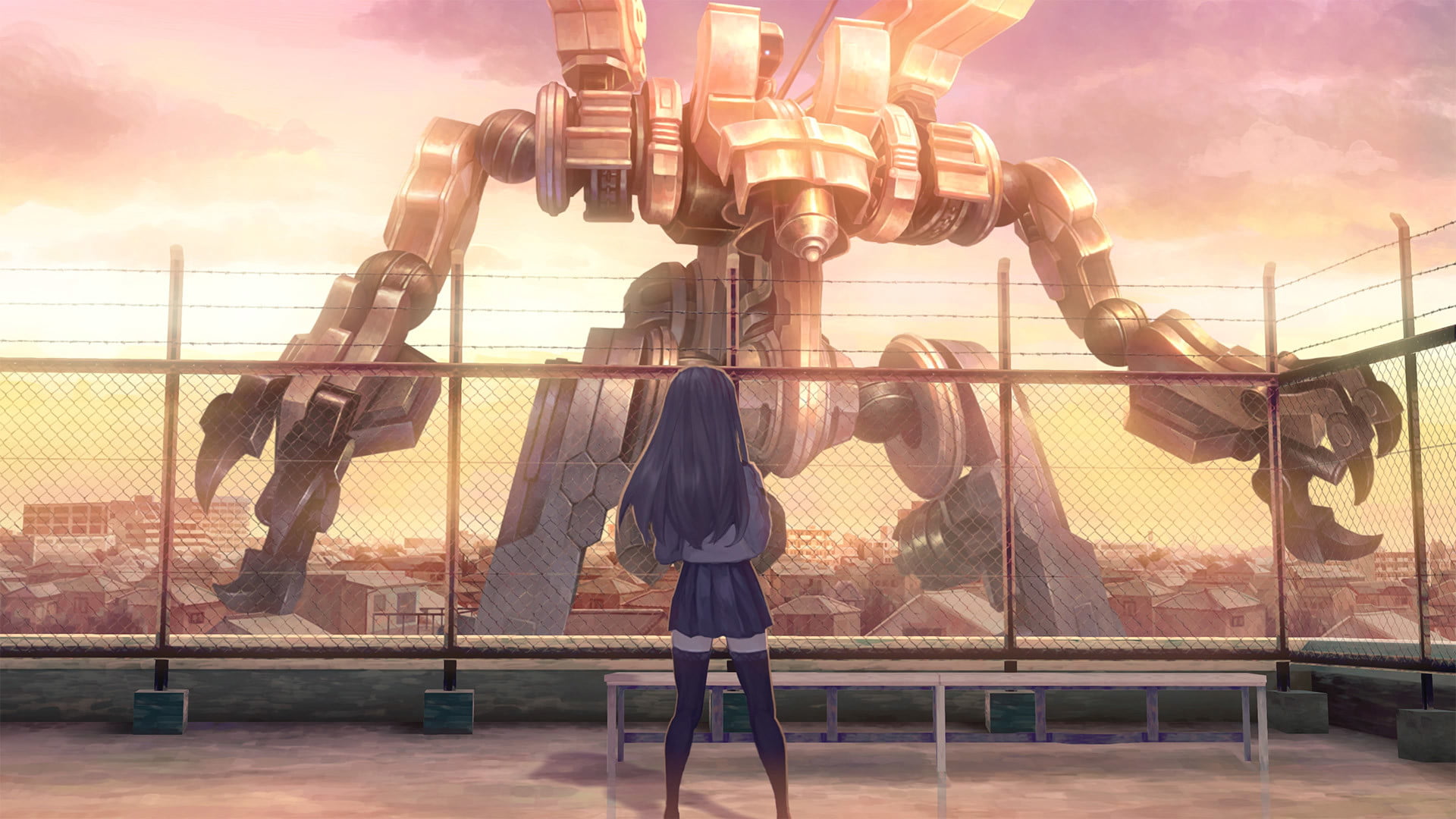Matt Reeves’ The Batman roared onto the big screen in March after years of development and a production — then release — schedule interrupted by a global pandemic. None of that was enough to stop the Dark Knight, though, and the film went on to become the highest-grossing film of 2022 so far while earning critical acclaim for its dark reinvention of the DC Comics hero.
While Reeves took a grounded approach to tell his Batman tale, bringing the film’s action to the screen still required assistance from a talented visual effects team spread across multiple studios. Among them was celebrated VFX studio Wētā FX, led by supervisor (and two-time Oscar nominee) Anders Langlands.
Ahead of the streaming premiere of The Batman on HBO Max, Digital Trends spoke to Langlands about his team’s work on the film and how they helped bring Reeves’ unique vision for the Dark Knight to the screen.
Digital Trends: The Batman doesn’t feel like the typical VFX-driven superhero film. What were some of the directives and visual reference points you were given for the film?
Anders Langlands: Matt likes to keep stuff pretty grounded and naturalistic in terms of photography. In terms of storytelling, [the directives were to] try not to go too fantastical with it like other superhero tales do. Batman is a great fit for that style. Matt said from the start that the film is a love letter to old ’70s crime thrillers like The French Connection, the Paranoia trilogy with All The President’s Men, and such — visually speaking. So there are a lot of nods in there visually to elements from those movies, as well as in the lensing choices that [director of photography] Greig Fraser made. It was really interesting to weave what we’re doing into something that’s stylistically based on stuff from way before the era of visual effects really kicked off.
How many shots did your team work on for the film?
We did about 320 shots, all told. So it’s not a huge chunk, but not a tiny one, either. We did the Batcave, the city hall environment where the Mayor’s memorial sequence takes place, and the CG bats near the end, which was fun. We also did a bunch of fight work early on, like the first fight on the train platform, and also when he’s in the Iceberg Lounge. But, by far, the biggest and most complex sequence we worked on was the highway chase. That was a lot of fun to do.
So what went into that wild chase sequence? I’ve been describing it as “Fury Road in the dark” due to how much crazy action is going on in that scene, by the way.
That’s a really good description! For that scene, they set out to shoot everything, which is really cool. Even in shots where they knew we’d be replacing most of it, because vehicles couldn’t actually do what they needed them to do for the shot, they still went out and shot a version of it. That’s a fantastic reference for us. And once it was all shot, we got into doing some pretty heavy post-visualization work on it, with rough animation on the film footage.
While they were still shooting, it became obvious that we needed to enhance the storytelling a bit in terms of making the sequence of events and the cause-and-effect of all of the action understood more easily and quickly for the audience. Much like the fight sequences, we’re never outside of it looking in — the camera’s always inside the action. That’s great for a visceral, thrilling experience, but it makes it more difficult to clearly understand everything that’s happening.
Once Penguin kicks off that sequence, for example, the truck behind him hydroplanes, kicking off this whole chain reaction of events that ends with a huge explosion. Throughout that whole sequence of things, there are a lot of fully digital shots and heavily augmented shots in there. We did that to replace some vehicles with other ones that make more sense and also to track more clearly the sequence of events.
And, I assume, you can’t just go around destroying highways…
Exactly. So a lot of the shots in that part of the scene were fully digital, so we could really help Matt tell that story and make sure the audience can understand what was happening and that it wasn’t Batman’s fault. That’s an interesting balance to find: To have Batman ride into danger, avoid all of this stuff going on, and for it to feel like he’s nearly out of control, but he’s such a skilled driver that he’s able to keep control and not actually cause anybody else to get injured.
…Because you can’t have Batman looking like the villain.
Right! So there were a lot of iterations Dennis Yoo, our animation supervisor, and his team did on it, refining the action to find that really fine line he’s got to walk. He has to feel in danger, but in control, and reacting to it rather than causing it. Trying to tweak all of those things to find the exact right spot took a lot of work from a really talented bunch of animators.
You mentioned working on some fight scenes, too. What sort of visual effects went into those scenes?
Matt wanted the fight scenes to be very visceral and feel like you’re in a MMA bout, rather than watching a fight scene in a movie. What that meant for him was fewer cuts. In a typical fight scene nowadays, it’s a quick series of cut, cut, cut and frantic shaky-cam everywhere. For The Batman, we hold the camera steady for longer, so you can actually see the fight happening. You can actually see what Batman’s doing and get a sense of his prowess. Unfortunately, the reason why you typically use a lot of cuts in a fight scene is because, if you don’t, then you can see that the people aren’t actually hitting each other. So we needed to step in to make those hits connect and feel quick.
Our work in that area is a lot of re-timing. If someone’s holding back on a punch and obviously going slower than you want them to, we make the punch quicker. It involves cutting out different parts of people’s bodies and bringing a head to connect with a fist, or animating the head afterwards so when someone gets punched, their head gets thrown back quicker and then rebounds a little bit — all so you feel the weight of the hit. There’s a lot of that in all of those fight scenes, just little 2D animation on top of the shots in order to make it feel like it hits as hard as you need it to.
The last time I spoke to you was for Zack Snyder’s Justice League. That was such a different film from The Batman, even if it uses the same character. Did your work on the Snyder Cut inform anything about The Batman?
Not really. They’re just such different takes on the character. But that’s what is cool about what Warner Brothers and DC are doing with the characters: They’re exploring the characters with different directors and completely different types of films, stylistically.
You mentioned working on the CG bats at the end of the film, and that’s such a hallmark of every Batman movie: At some point, there are a bunch of bats. What went into creating the bats’ big moment in this film?
Well, we’re in a position here at Weta where doing creatures and those kinds of things, we have a lot of practice — and we’re quite good at it.
It’s practically what the studio was created for!
But it’s still always interesting. The biggest shot with the bats for us was probably the initial Batcave shot where the bike’s coming in, and as it drives in, we used both the sound cue and the light from the bike’s headlight as a trigger to set the bats off. We looked at a lot of reference for bat colonies to get a sense of their motion, and then the animation team went to work to generate that motion. That scene has this really nice, reactive wave effect as the bike comes in and the bats get a bit agitated and start dropping off. When they fly down, it creates this big, beautiful sweep that leads into the next shot. Those things are fun.
What’s the scene you were most excited for people to see when the film premiered?
That would be the chase, definitely. By far, that was the most challenging scene we did because of the complexity of it. It’s one of those sequences where every job within it is kind of different, and it had a unique set of challenges we had to solve to make it work. It’s not like when you’ve just got the Batcave with Alfred and Bruce talking to each other and a blue screen behind them, and we just replace the background. That’s fairly simple. The chase was so complex because every shot is in a different place, there are different vehicles, and so on. It was a lot of hard work, and we put a lot into it, and we were all very happy with how it turned out.
Matt Reeves’ The Batman premieres April 18 on HBO Max streaming service and will air on HBO at 8 PM ET on April 23.


